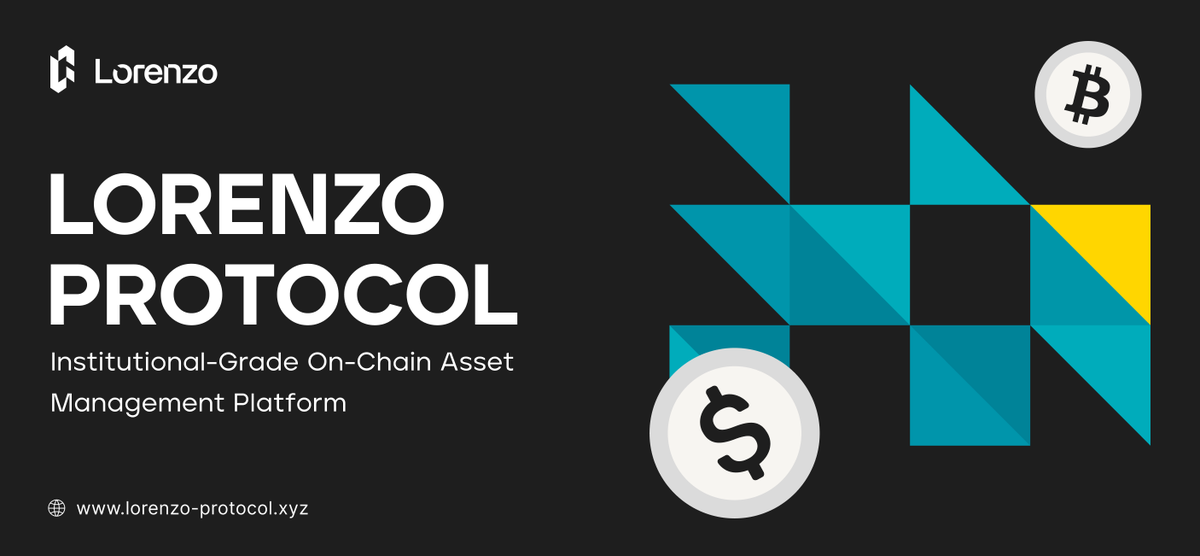Recently, @LorenzoProtocol completed a strategic upgrade from a simple BTC liquidity re-staking protocol to an institutional-grade on-chain asset management platform? With this strategic adjustment, its ambition is no longer limited to providing liquidity services for the Babylon ecosystem, but has locked in the DeFi cake of more than $1.6 trillion on the chain. What is the logic behind it? Come, tell me about my observations:
1) The BTCFi track led by Babylon has been given sky-high expectations by the market, and Lorenzo Protocol has also successfully completed TGE (TGE is oversubscribed by 183 times and has a BTC management scale of $600 million) as a benchmark project in the Babylon ecosystem.
Indeed, Lorenzo technically relies on the Babylon Chain to share the security mechanism, and its launch of stBTC is also needed for the liquidity of the Babylon ecosystem, but this does not mean that Lorenzo can only belong to or only serve the Babylon ecosystem, so this strategic upgrade will not be abrupt, but shows Lorenzo's intention to lock in a broader on-chain application market through the liquidity solution stBTC.
2) How to understand the overall architecture of Lorenzo's upgraded institutional-grade asset management platform? To put it simply: Lorenzo is now the on-chain version of "Goldman Sachs" - the left hand connects to the source of funds (BTC, stablecoins), the right hand connects to the income strategy (staking, arbitrage, quant), and then packages it into a standardized income product for other applications to integrate.
To put it bluntly, its core innovation feature is its positioning as a new Financial Abstraction Layer, which empowers a wider range of application scenarios with institutional-grade fund management capabilities and a variety of income products, rather than being limited to the vertical cultivation of the Bitcoin ecosystem.
3) In terms of the new architecture design, Lorenzo has built a four-layer system, namely: the underlying strategy layer, which provides return strategies with different risk levels; Financial abstraction layer: standardize strategies in a unified manner; Tokenization of financial products: encapsulated as OTF (on-chain trading funds); Application integration layer: One-click integration with multiple application scenarios such as PayFi, wallet, and RWA platform.
One of the most noteworthy is its new OTF (On-Chain Traded Fund) concept, which provides tokenized yield strategies (such as fixed income, principal protection, and dynamic leverage) to ordinary users through a tradable unified token, similar to ETFs in traditional finance.
The OTF model realizes the whole process of "on-chain fundraising-off-chain execution-on-chain settlement", so that centralized financial strategies such as quantitative funds, credit portfolios or market making can be on-chain. Each OTF product is tokenized in the underlying system, and OTF tokens (liquid staking tokens) are minted when purchased, allowing ordinary users to easily access complex trading strategies like buying ETFs.
Compared with the LST model on Ethereum, Lorenzo's innovation lies in the extreme modularization of financial products, and the output of APIs and SDKs allows partners to quickly launch income products without having to build their own strategies. This new structure also directly makes up for the shortcomings of relying solely on $stBTC products in the past, and the new service strategy targeting the institutional market can also maximize the business prospects of the market.
4) So, the uniqueness of its business model is that it redefines the boundaries between the roles of LPs and Yield Source. Previously, everyone was competing for LP funding, but Lorenzo innovatively introduced a dual-end operating model - attracting both funders and strategists. For example, if EtherFi gives ETH to Lorenzo, it is LP, and Lorenzo gives ETH to EtherFi for re-staking, and EtherFi is Yield Source. This model is much like a market maker in traditional finance, where the left hand buys and the right hand sells, making a profit from the spread.
5) Why is Lorenzo sure that there will be a different market space for the new strategic positioning? The reason for this is that many application scenarios lack a robust and reliable on-chain financial infrastructure, for example, RWA platforms often suffer from the low yield of 3-5%, and PayFi applications hope that the scenario of paying while earning can become a reality, etc.
In the long term, Lorenzo's transformation reflects an industry trend where DeFi is evolving from a "peer-to-peer" direct matchmaking model to a "platform-enabled" indirect service model. OTF's hybrid financial model design of on-chain fundraising-off-chain execution-on-chain settlement combines the execution efficiency of CeFi with the transparency of DeFi, and may become the main form of financial technology in the future.
1/ After our @BinanceWallet IDO, we didn’t pause — we leveled up.
Lorenzo has evolved into an institutional-grade on-chain asset management platform, focused on tokenizing CeFi financial products and integrating them with DeFi.
At the heart of this evolution: The Financial Abstraction Layer!

6
7.71K
The content on this page is provided by third parties. Unless otherwise stated, OKX is not the author of the cited article(s) and does not claim any copyright in the materials. The content is provided for informational purposes only and does not represent the views of OKX. It is not intended to be an endorsement of any kind and should not be considered investment advice or a solicitation to buy or sell digital assets. To the extent generative AI is utilized to provide summaries or other information, such AI generated content may be inaccurate or inconsistent. Please read the linked article for more details and information. OKX is not responsible for content hosted on third party sites. Digital asset holdings, including stablecoins and NFTs, involve a high degree of risk and can fluctuate greatly. You should carefully consider whether trading or holding digital assets is suitable for you in light of your financial condition.


